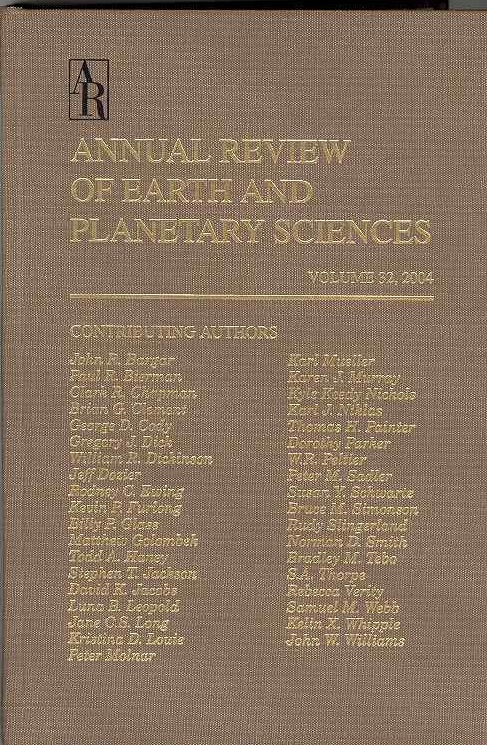The Anatomy and Lethality of the Siberian Traps Large Igneous Province
IF 13
1区 地球科学
Q1 ASTRONOMY & ASTROPHYSICS
Annual Review of Earth and Planetary Sciences
Pub Date : 2025-05-30
DOI:10.1146/annurev-earth-040722-105544
引用次数: 0
Abstract
Emplacement of the Siberian Traps large igneous province (LIP) around 252 Ma coincided with the most profound environmental disruption of the past 500 million years. The enormous volume of the Siberian Traps, its ability to generate greenhouse gases and other volatiles, and a temporal coincidence with extinction all suggest a causal link. Patterns of marine and terrestrial extinction/recovery are consistent with environmental stresses potentially triggered by the Siberian Traps. However, the nature of causal links between the LIP and mass extinction remains enigmatic. Understanding the origins, anatomy, and forcing potential of the Siberian Traps LIP and the spatiotemporal patterns of resulting stresses represents a critical counterpart to high-resolution fossil and proxy records of Permian–Triassic environmental and biotic shifts. This review provides a summary of recent advances and key questions regarding the Siberian Traps in an effort to illuminate what combination of factors made the Siberian Traps a uniquely deadly LIP.西伯利亚圈闭大火成岩省的解剖与杀伤力
约252 Ma的西伯利亚圈闭大火成岩省(LIP)的就位与过去5亿年最深刻的环境破坏相吻合。西伯利亚暗色岩的巨大体积,它产生温室气体和其他挥发物的能力,以及与灭绝的时间巧合,都表明两者之间存在因果关系。海洋和陆地灭绝/恢复的模式与西伯利亚圈闭可能引发的环境压力一致。然而,LIP和大灭绝之间的因果关系的本质仍然是一个谜。了解西伯利亚圈闭的起源、解剖结构和强迫潜力,以及由此产生的压力的时空模式,是二叠纪-三叠纪环境和生物变化的高分辨率化石和替代记录的关键对应。本文综述了关于西伯利亚圈闭的最新进展和关键问题,以阐明西伯利亚圈闭是由哪些因素组合而成的独特致命的LIP。•西伯利亚圈闭等大型火成岩省有可能引发全球环境不稳定。■西伯利亚圈闭岩浆活动产生的温室气体在推动气候变化方面发挥了重要作用,引发了二叠纪末的大灭绝。■二叠纪末的大灭绝从根本上改变了地球生物圈的进化轨迹,为今天看到的许多生物创造了生态空间。▪确定二叠纪末海洋和陆地死亡和恢复的时间和模式,以及西伯利亚圈闭岩浆活动的时间和特征,是理解岩浆活动与灭绝之间因果关系的关键。▪了解过去灭绝事件的原因,有助于对当前和未来环境不稳定的假设。
本文章由计算机程序翻译,如有差异,请以英文原文为准。
求助全文
约1分钟内获得全文
求助全文
来源期刊

Annual Review of Earth and Planetary Sciences
地学天文-地球科学综合
CiteScore
25.10
自引率
0.00%
发文量
25
期刊介绍:
Since its establishment in 1973, the Annual Review of Earth and Planetary Sciences has been dedicated to providing comprehensive coverage of advancements in the field. This esteemed publication examines various aspects of earth and planetary sciences, encompassing climate, environment, geological hazards, planet formation, and the evolution of life. To ensure wider accessibility, the latest volume of the journal has transitioned from a gated model to open access through the Subscribe to Open program by Annual Reviews. Consequently, all articles published in this volume are now available under the Creative Commons Attribution (CC BY) license.
 求助内容:
求助内容: 应助结果提醒方式:
应助结果提醒方式:


